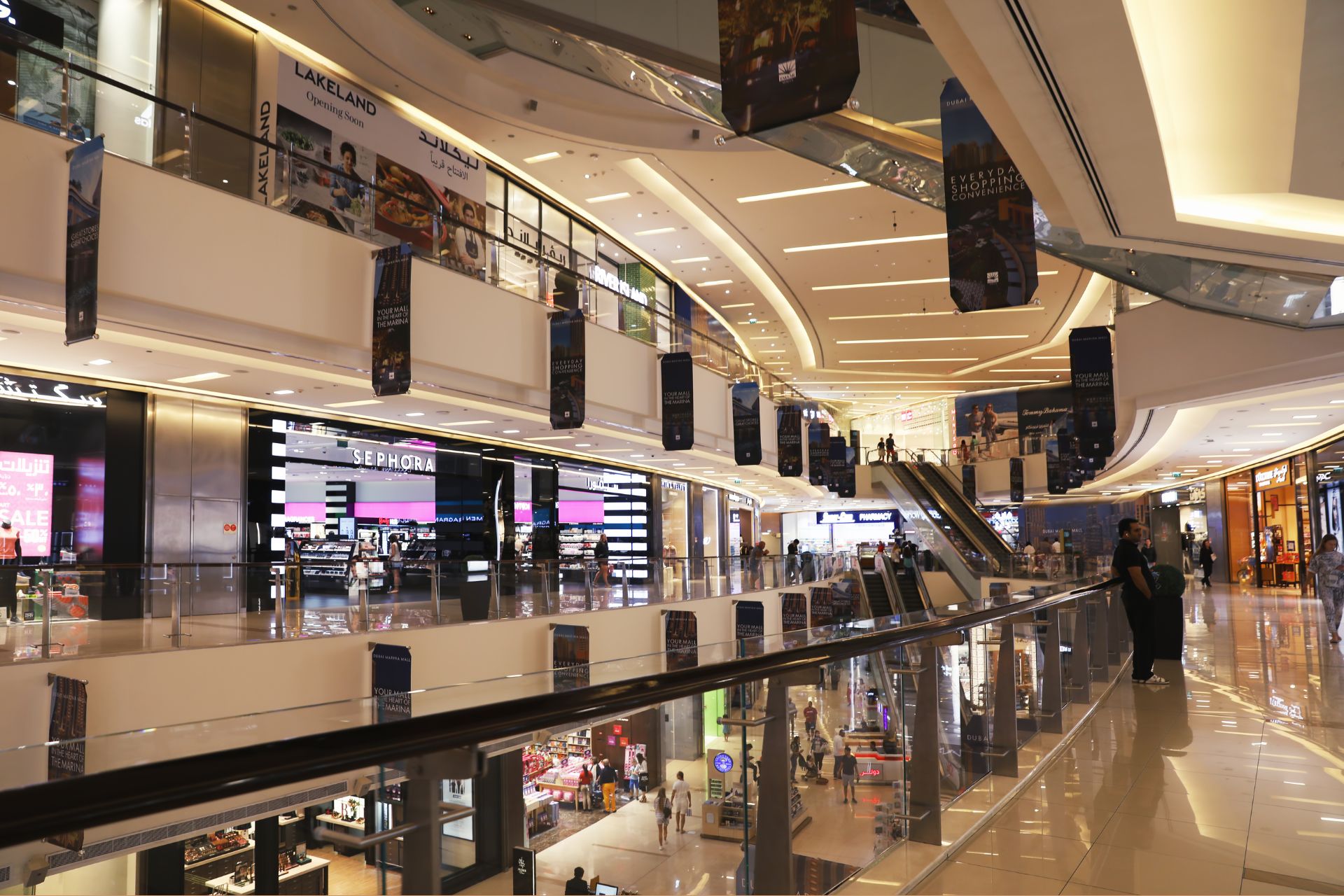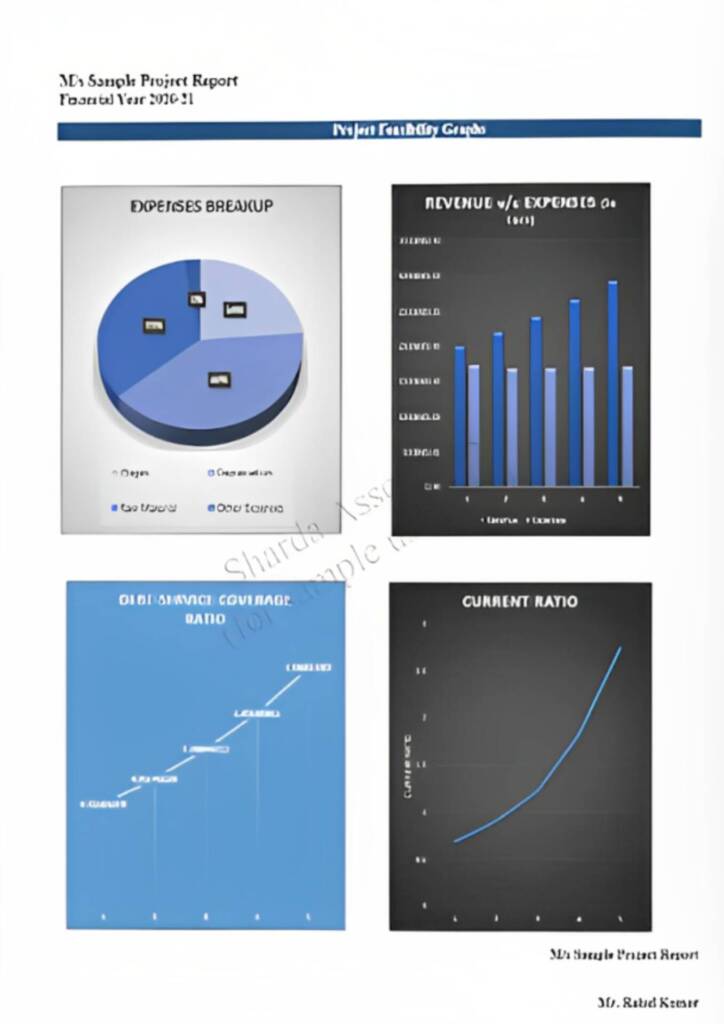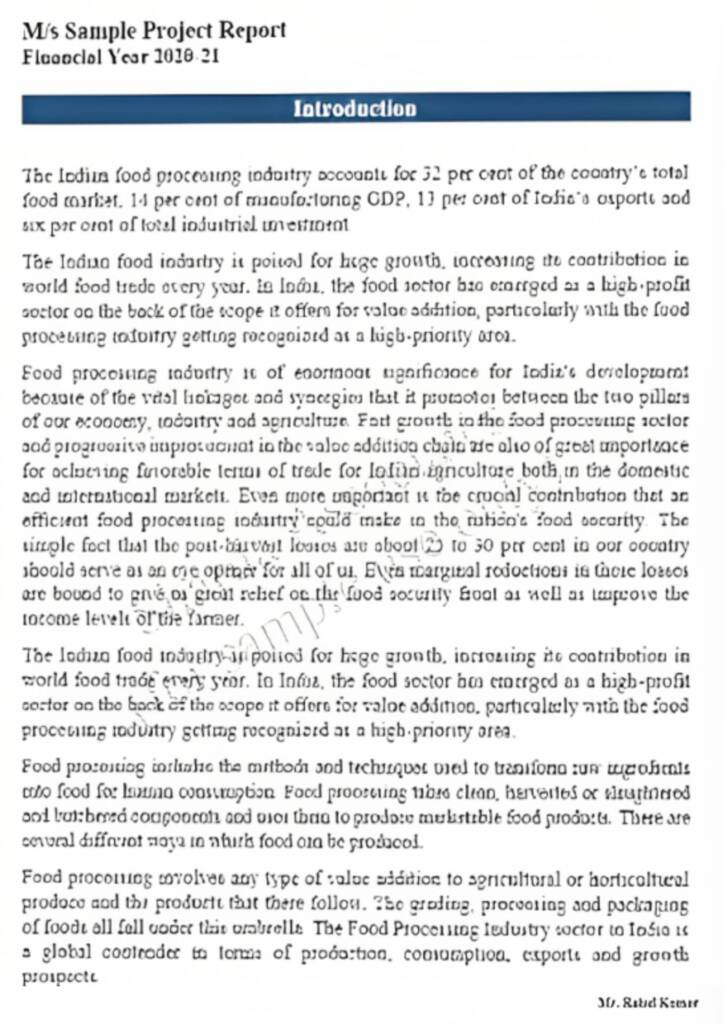Detailed Report On Shopping Mall
A shopping mall, center, or arcade is a building or group of buildings that house retail establishments and have interconnected walkways that allow people to easily go from one store to another.
Contact Us
What is Shopping Mall?
Detailed Report on Shopping Mall is as follows.
The concept of a “mall” with multiple stores in one area, maybe covered, has a long history and has benefited all elements of society. The introduction of huge shopping centers located outside of the city center and accessible by car has resulted in changes, some favorable, others not. Such structures tend to draw people away from the center of town, depriving the city center of the hustle and bustle of commerce.

Small store owners who are unable to afford the higher rents demanded at new malls lose consumers. While enormous shopping malls are handy for consumers, the variety of items may persuade them to spend more than their budget allows. Thus, like with other technological advancements, the shopping mall can be used for good or ill, and the outcome is determined by the intentions of the people engaged rather than the physical architecture.
Well-established franchises are frequently found in malls, which eliminates new firms’ ability to compete. Customers’ demands and preferences for stand-alone establishments decrease as malls grow in size, leading them to shop at these locations where they are more likely to make unplanned purchases and spend more money. Malls show consumers what to want and purchase to improve their social status and appearance by assembling well-known franchises and chains.

Detailed Report Sample On Shopping Mall



Market Potential Of Shopping Mall
The size of the global shopping mall market was estimated at USD 5.57 trillion in 2022 and is expected to increase at a compound annual growth rate (CAGR) of 6.0% from USD 5.90 trillion in 2022 to USD 9.41 trillion by 2031. (2024-2031).
The product, type, and geographic segments of the global shopping mall market are used for segmentation. The Shopping Centers Market is segmented into four product categories: Hard Line & Softline, FMCG, Apparel & Accessories, and Diversified. The shopping mall market is divided into several types, including lifestyle malls, outlet malls, neighborhood centers, regional malls, and mixed-use developments. The North American, European, Asia Pacific, Middle East and Africa, and Latin American regions make up the Shopping Centers Market.
The rising demand for FMCG products among consumers in both urban and rural areas is being driven by the expansion of digital connectivity. Furthermore, growing awareness, changing lifestyles, and easier access are the primary factors propelling the consumer products market’s growth. The segment’s rise is attributed to factors such as the increasing global population, rising disposable income, and regular consumption of vital packaged goods. The availability of a large variety of food products from various retailers is another crucial factor that considerably increases market revenue.
Contents of Project Report
A project report helps you identify whether a project is worth pursuing. It presents the holistic view and brings complete insight of the business and its activity.
It acts as a guide for all the business operations, aids in taking all financial decisions related to the existing businesses and to the start-ups. It serves as roadmap to the business and provides information to the outsider who are wanting to know more about the business.
You will have the opportunity to build new goals and expansion ideas in one single document. Everyone, from the banks to potential investors, will need to have a look at the project report before they shell out any money.
A well drafted project report generally consists details about:
- Brief History of the Business
- The Promoters
- SWOT Analysis
- Industry Outlook
- Past Financial Statements
- Projected Financial Statements
- Infrastructure and Human Resource required
- CMA data
- Business model
- Requirement of Working Capital Funds
- Means of Finance
Other relevant information, if any.
